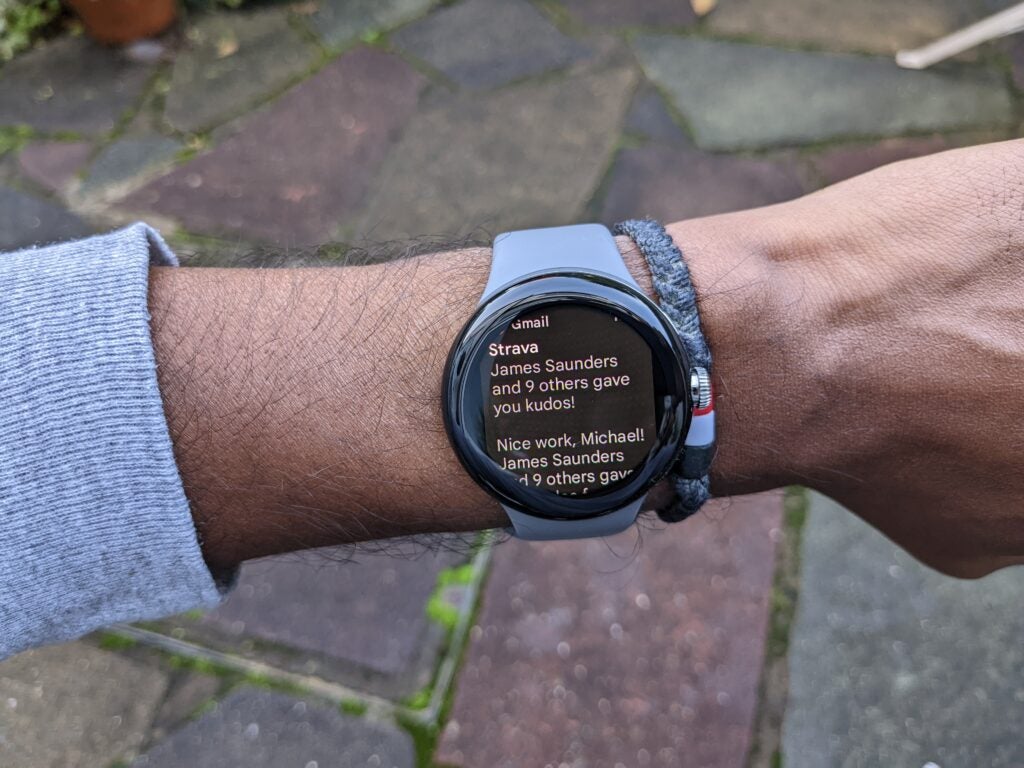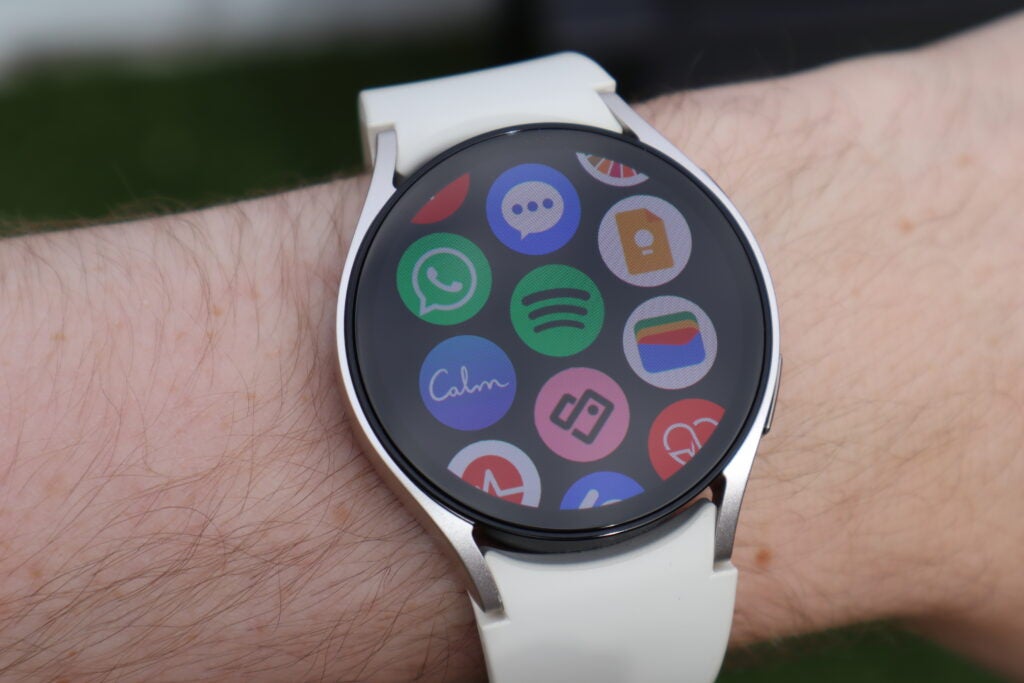If you’re interested in the wearable world, you may be familiar with Google’s first attempt at a smartwatch, the Google Pixel Watch.
The wearable market is more saturated than ever before, with a multitude of options from a variety of brands. Google is the latest company to throw its hat into the wearable ring with the Pixel Watch, which was released in October 2022.
But with yet another smartwatch on the market, we wanted to see how the Pixel Watch stacks up against the Samsung Galaxy Watch 6, which was released in August of 2023.
Read on to find out everything you need to know about these two wearables, including all the differences and similarities, so you can decide which watch is best for you.
Google offers Fitbit features
One of the biggest advantages of the Google Pixel Watch is the inclusion of Fitbit software. It comes with FitbitOS-inspired widgets and health features, including daily step counts, sleep tracking, heart rate monitoring and exercise tracking too.
Fitbit is also responsible for the data delivered by the onboard ECG and blood oxygen sensors, with blood oxygen levels measured at night and the ability to take measurements to detect atrial fibrillation – although you will need to download the dedicated Fitbit ECG app from the Play Store to access it.
Samsung was not able to pair up with Fitbit for the Galaxy Watch 6, but it does come with a plethora of health and fitness features. Last year’s Body Composition scan makes a return – which gives an overall look at your current bill of health – but it can also track blood pressure, which very few wearables can do.
There are also tons of workouts to track, from running to cycling to yoga, meaning that the vast majority of people will be happy with what’s available on the Galaxy Watch 6.

The Galaxy Watch 6 has a longer battery life
Neither the Galaxy Watch 6 nor the Pixel Watch have a battery life worth boasting about, however, there is a clear winner when we compare both models. Google claims that the Pixel Watch has a 24-hour battery life; this can technically be achieved when the screen is not set to always on, but we did notice that the battery would drain very fast when intensive features were used, like GPS.
The Samsung Galaxy Watch 6 fared a little better in our tests, with Samsung claiming that it has a two-day battery life. However, it did struggle to last over two days and would drain unexpectedly overnight – in the same vein as the Pixel Watch – making them both unreliable choices if you’re in a scenario without a charger, such as a camping trip.
Exynos 9110 vs Exynos W930
The Galaxy Watch 6 comes equipped with the latest Exynos W930 dual-core 1.4GHz processor, while the Pixel Watch opted to use the older Exynos 9110 processor.
We found that the Pixel Watch came with some labouring loading times, but that the software felt clean and pure. The Galaxy Watch 6 also worked very well, but we did note that it didn’t feel massively faster than the previous Galaxy Watch 5, which came with the Exynos W920 processor. This suggests that even though the Galaxy Watch 6 has more power potential, there won’t be any noticeable differences during day-to-day use.

Galaxy Watch 6 comes with two screen sizes
The Samsung Galaxy Watch 6 comes in two sizes, 40mm and 44mm. The Pixel Watch comes in just one size, 41mm.
The Samsung model comes with a 1.3-inch Super AMOLED display with a 432×432 resolution. The Pixel Watch, meanwhile, has an AMOLED display with a quoted brightness of up to 1,000 nits. We found that both models have clear and crisp displays, but the Galaxy Watch 6 may be better for those that want more screen space to play with.










